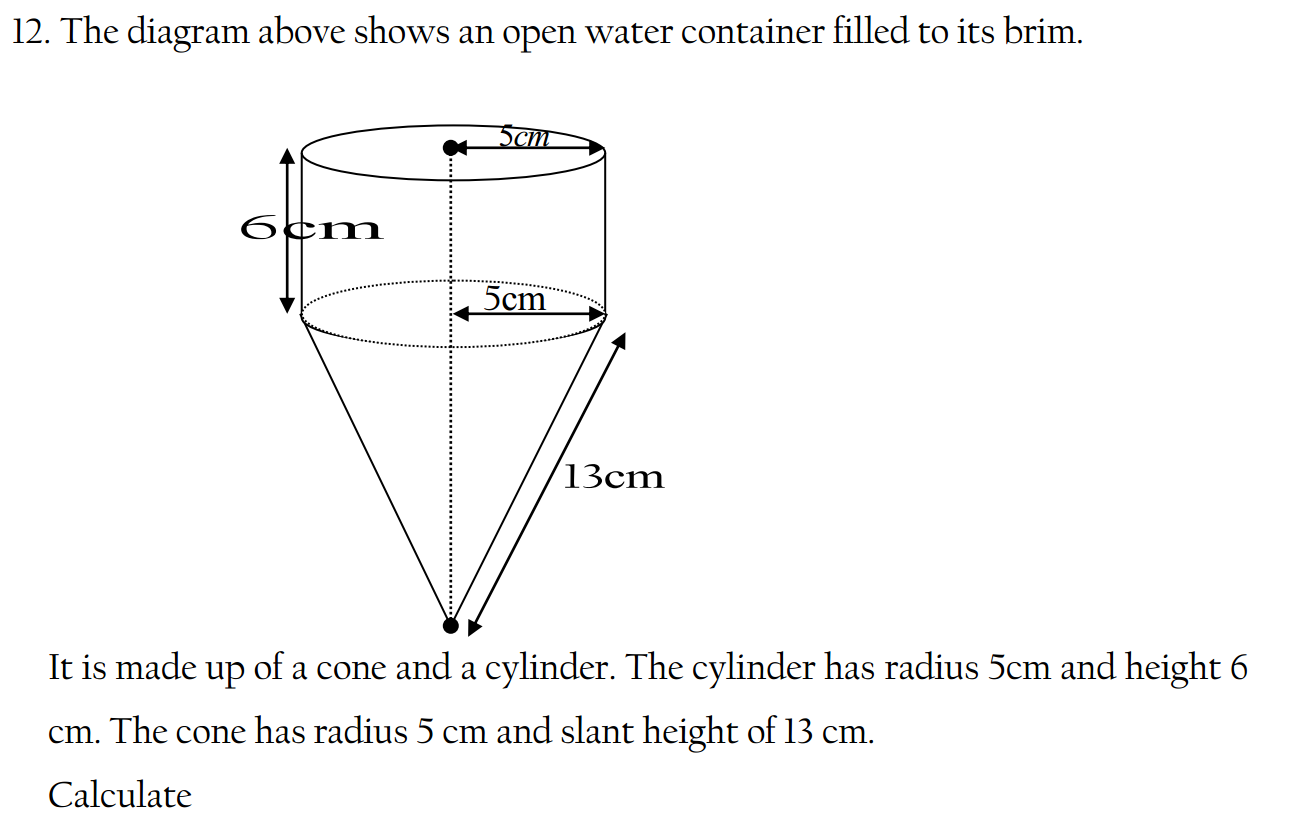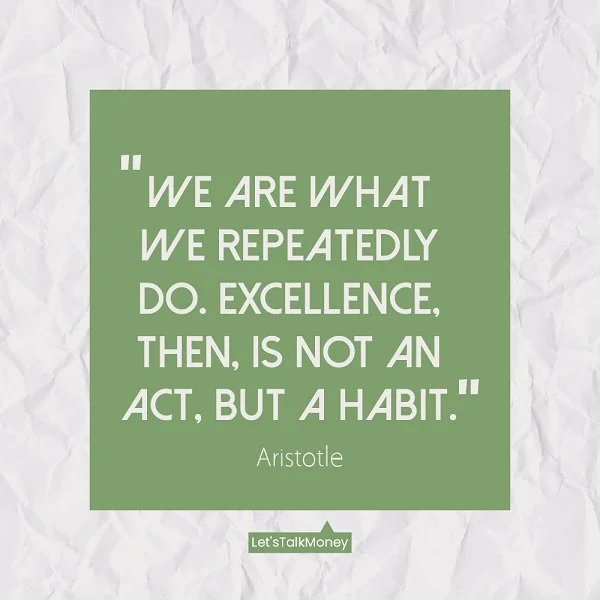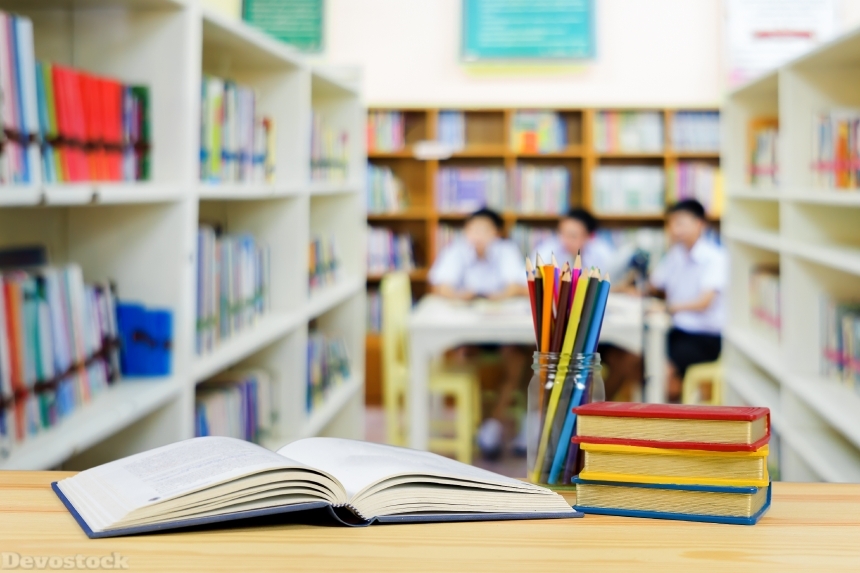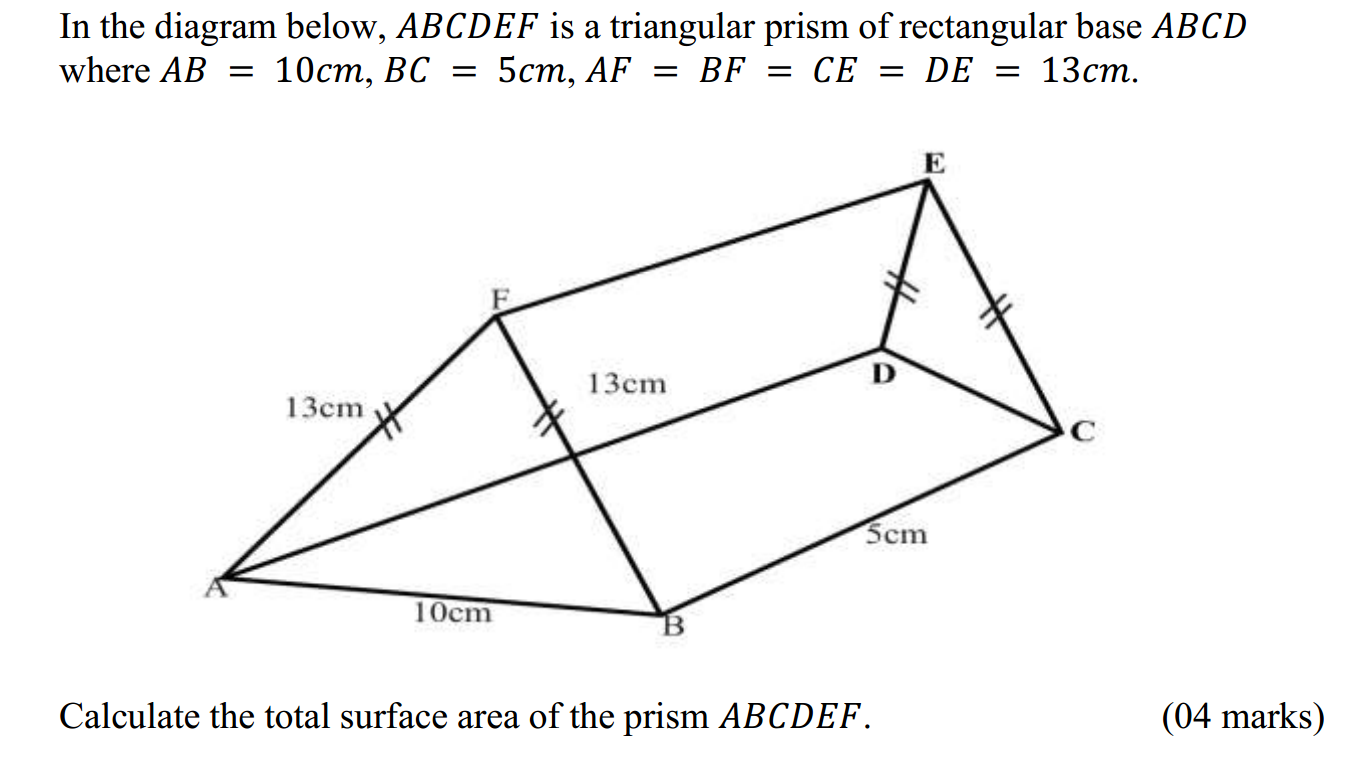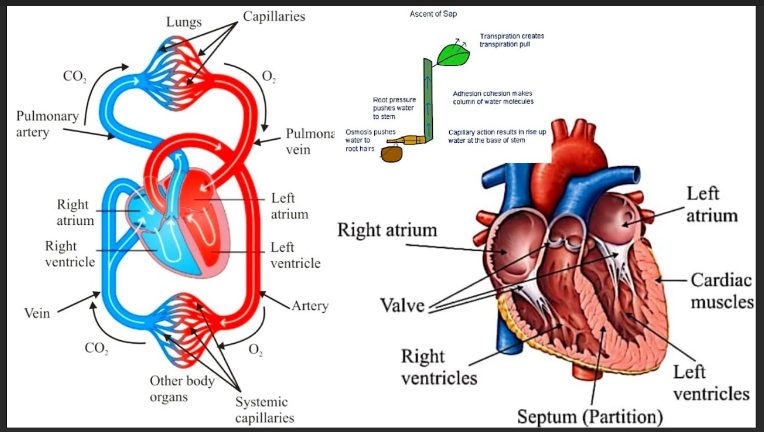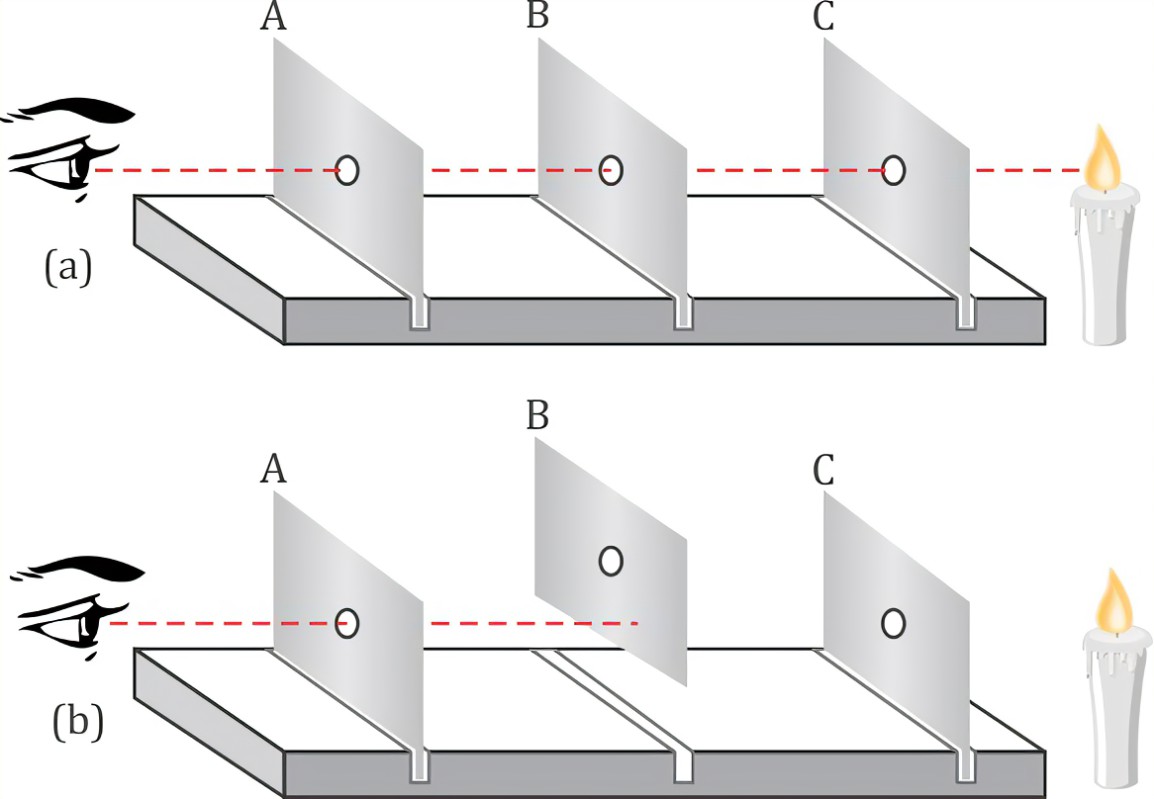Boosting student performance in schools often requires a combination of supportive environments, effective teaching strategies, and motivational tactics. Here are some motivational tactics to consider:
- Set Clear Goals: Help students set specific, achievable goals for their academic performance. Encourage them to break larger goals into smaller, manageable tasks, and celebrate their progress along the way.
- Provide Regular Feedback: Offer constructive feedback on students’ progress and achievements. Positive reinforcement can boost motivation, while constructive criticism helps students identify areas for improvement and develop strategies to address them.
- Create a Positive Learning Environment: Foster a supportive and inclusive classroom environment where students feel valued, respected, and safe to take risks. Encourage collaboration, celebrate diversity, and promote a growth mindset that emphasizes effort and persistence.
- Offer Rewards and Incentives: Implement reward systems such as praise, certificates, or small prizes to recognize students’ hard work, improvement, and achievements. Incentives can motivate students to stay engaged and strive for excellence.
- Provide Opportunities for Autonomy and Choice: Give students opportunities to make choices and take ownership of their learning. Allow them to select topics for projects, choose how to demonstrate their understanding, or participate in decision-making processes related to classroom activities.
- Use Gamification: Incorporate elements of gamification, such as leaderboards, badges, or points systems, into lessons and activities to make learning more engaging and enjoyable. Gamification can increase motivation and encourage healthy competition among students.
- Connect Learning to Real-World Relevance: Help students see the relevance of what they’re learning by connecting it to real-world applications, current events, or their own interests and experiences. Show them how academic skills and knowledge can be applied in practical contexts and future careers.
- Offer Supportive Relationships: Build positive relationships with students based on trust, respect, and empathy. Take the time to get to know each student individually, listen to their concerns, and provide emotional support when needed. A caring and supportive teacher-student relationship can significantly impact motivation and academic performance.
- Encourage Growth Mindset: Promote a growth mindset by teaching students that intelligence and abilities can be developed through effort, practice, and learning from mistakes. Encourage them to embrace challenges, persevere in the face of setbacks, and view failures as opportunities for growth.
- Celebrate Successes: Celebrate students’ achievements, both big and small, to reinforce their efforts and build confidence. Publicly acknowledge their accomplishments in class, display their work, or organize special events to recognize their contributions to the school community.
By implementing these motivational tactics, educators can create an environment that inspires students to reach their full potential, take ownership of their learning, and excel academically.












